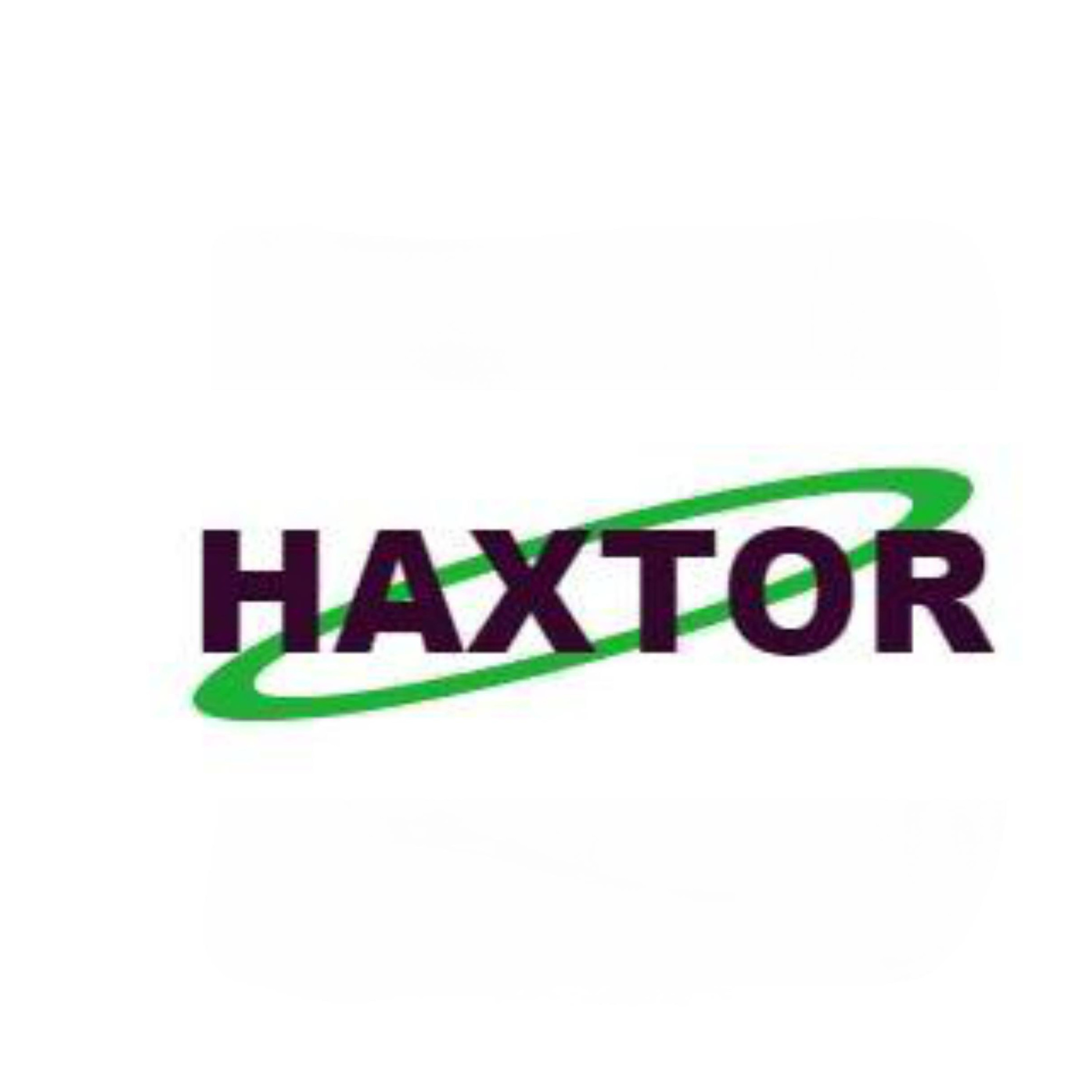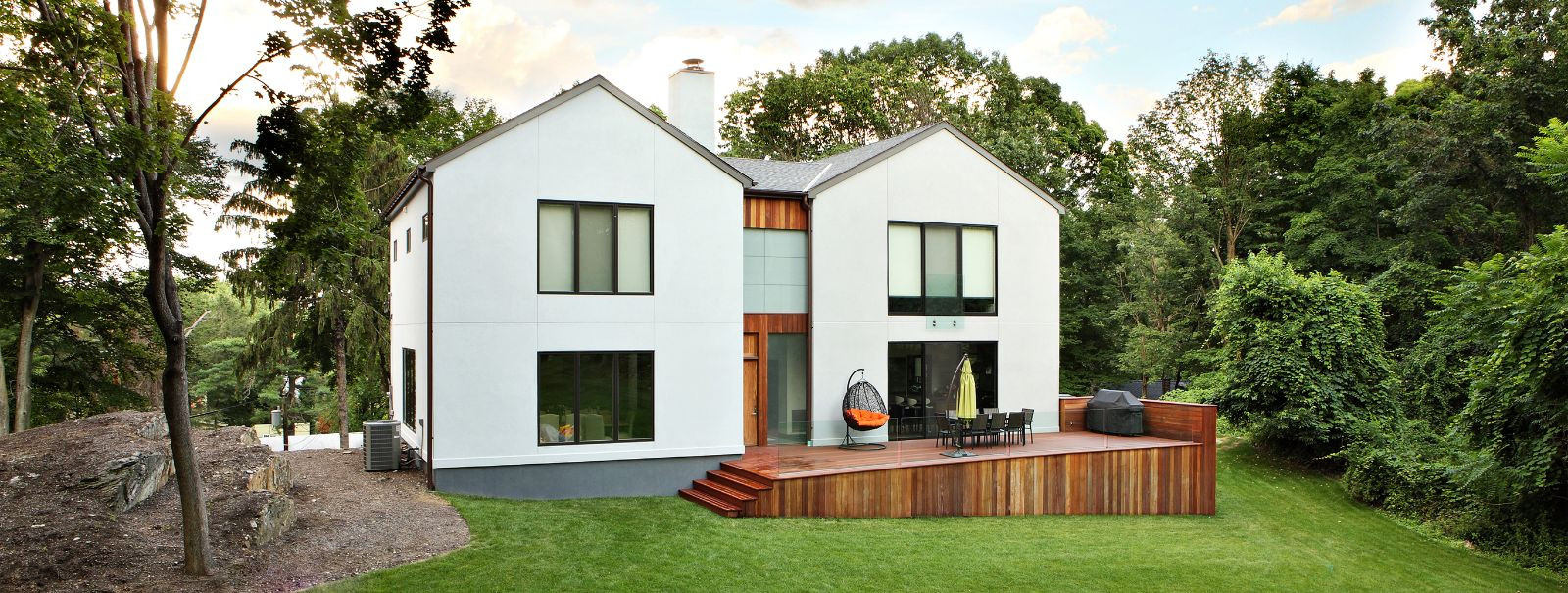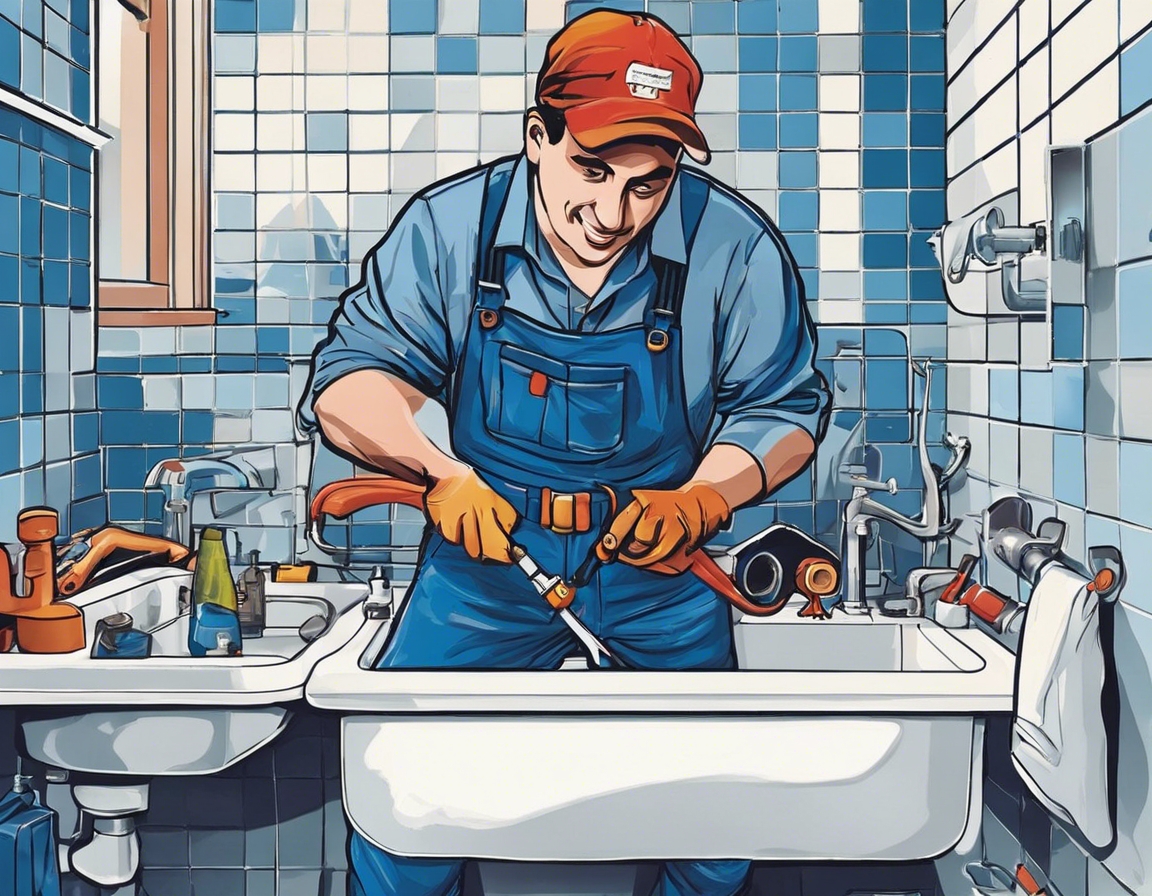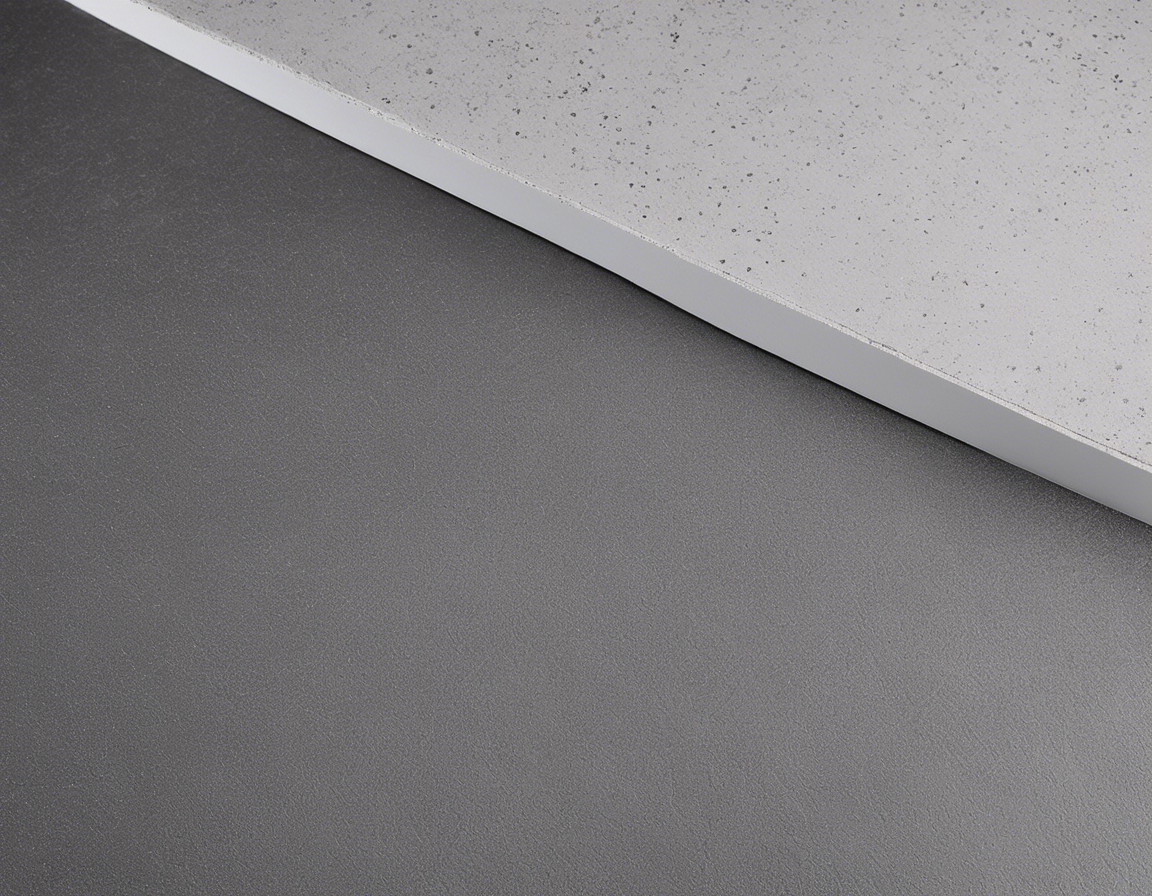The art of crafting durable exterior facades
The exterior facade of a building is not just its calling card, but also its shield against the elements. Crafting a durable facade is an art that balances aesthetics, functionality, and longevity. In this post, we will explore the various aspects that contribute to the durability of exterior facades, ensuring they stand the test of time while maintaining their visual appeal.
Durable facades are essential for the protection of a building's structural integrity and interior spaces. They also play a significant role in energy efficiency, sound insulation, and overall property value. A well-designed facade can withstand harsh weather conditions, resist environmental stressors, and require minimal maintenance, making it a smart investment for any property owner.
Designing a facade that is both durable and aesthetically pleasing involves overcoming challenges such as material selection, structural support, and integration with building systems. It also requires a deep understanding of the local climate and environmental conditions to ensure the facade's performance over time.
Materials for Durable Facades
Brick and stone have been used for centuries in facade construction due to their natural durability and timeless appeal. These materials are resistant to fire, pests, and rot, making them a reliable choice for any exterior.
Metal panels offer a modern look and are known for their strength, lightweight, and flexibility in design. They can be treated for enhanced resistance to corrosion and weathering, making them a popular choice for contemporary structures.
Concrete and fiber cement are praised for their robustness and versatility. These materials can be molded into various shapes and textures, providing a wide range of design options while ensuring longevity.
Wood offers a natural and warm aesthetic but requires treatment to enhance its durability. Composite materials, on the other hand, combine wood fibers with plastic to create a material that mimics the look of wood but with increased resistance to the elements.
As sustainability becomes a priority in construction, innovative materials such as recycled plastics, green walls, and photovoltaic glass are being incorporated into facades. These materials not only contribute to a building's durability but also its environmental footprint.
Design Considerations for Longevity
Understanding the local climate is crucial for selecting materials and designing facades that can endure temperature fluctuations, humidity, wind, and precipitation. Proper consideration of these factors ensures the facade's resilience and longevity.
The architectural design of a facade should not only reflect the building's character but also incorporate elements that enhance its durability. This includes considerations for expansion joints, water drainage, and the integration of shading devices to protect against solar gain.
An energy-efficient facade contributes to the overall sustainability of a building. Insulation materials and techniques play a vital role in reducing heat transfer, thereby enhancing the comfort of occupants and lowering energy costs.
Construction Techniques for Enhanced Durability
The durability of a facade is heavily influenced by the quality of construction. Skilled workmanship ensures that materials are installed correctly and that the facade is built to last.
Applying protective coatings and sealants can significantly extend the life of facade materials. These treatments help to prevent water infiltration, UV damage, and other environmental impacts.
Regular maintenance is key to preserving the integrity of a facade. A maintenance plan should include inspections, cleaning, and repairs to address any issues before they become major problems.
Technological Advancements in Facade Construction
Building Information Modeling (BIM) technology allows for the precise design and analysis of facade systems, leading to better performance and easier maintenance.
Automation and prefabrication in facade construction not only speed up the building process but also improve accuracy and consistency, resulting in higher-quality outcomes.
Smart facades equipped with sensors and adaptive systems can respond to environmental changes, optimizing energy use and enhancing the comfort of building occupants.






Comments (0)